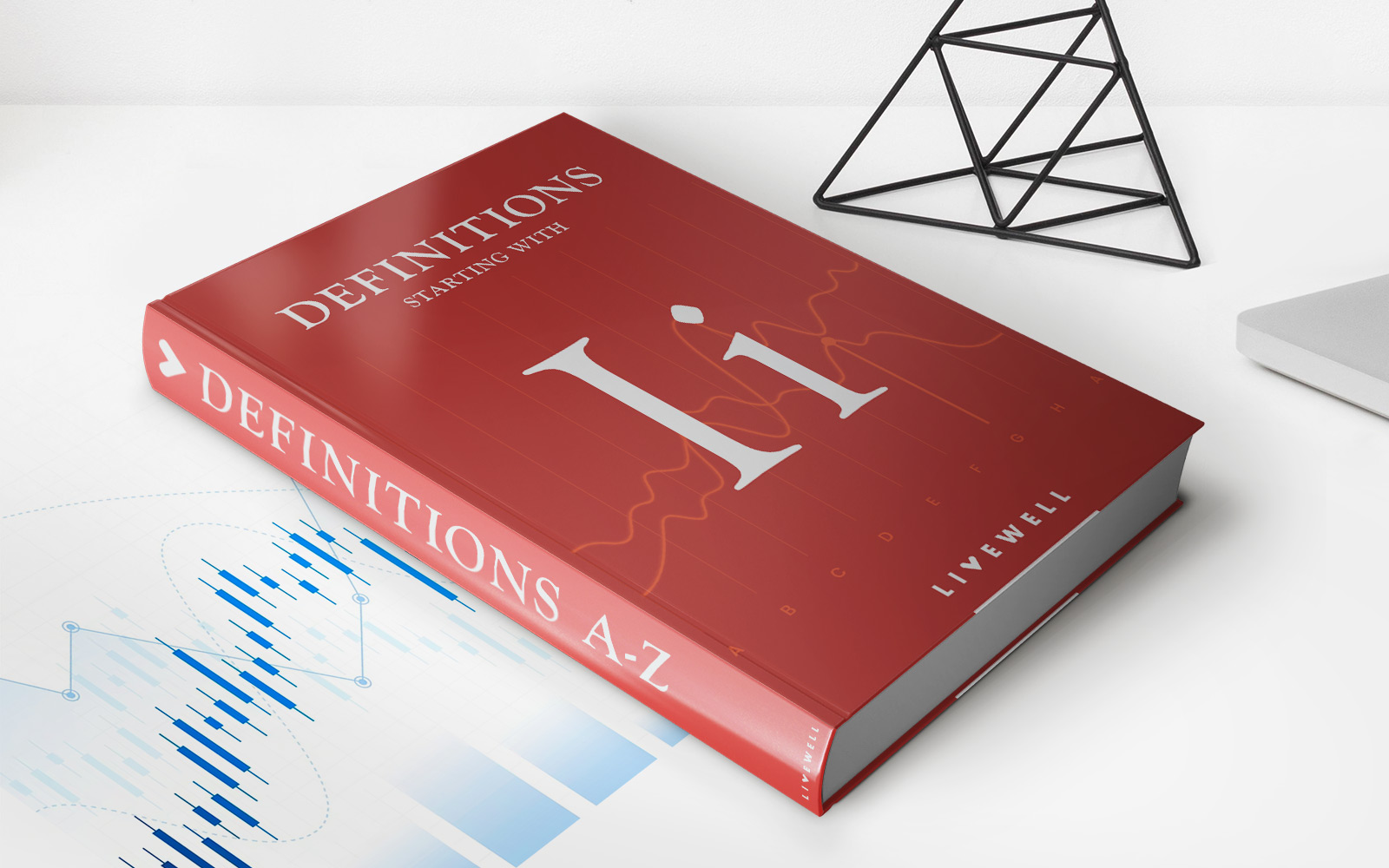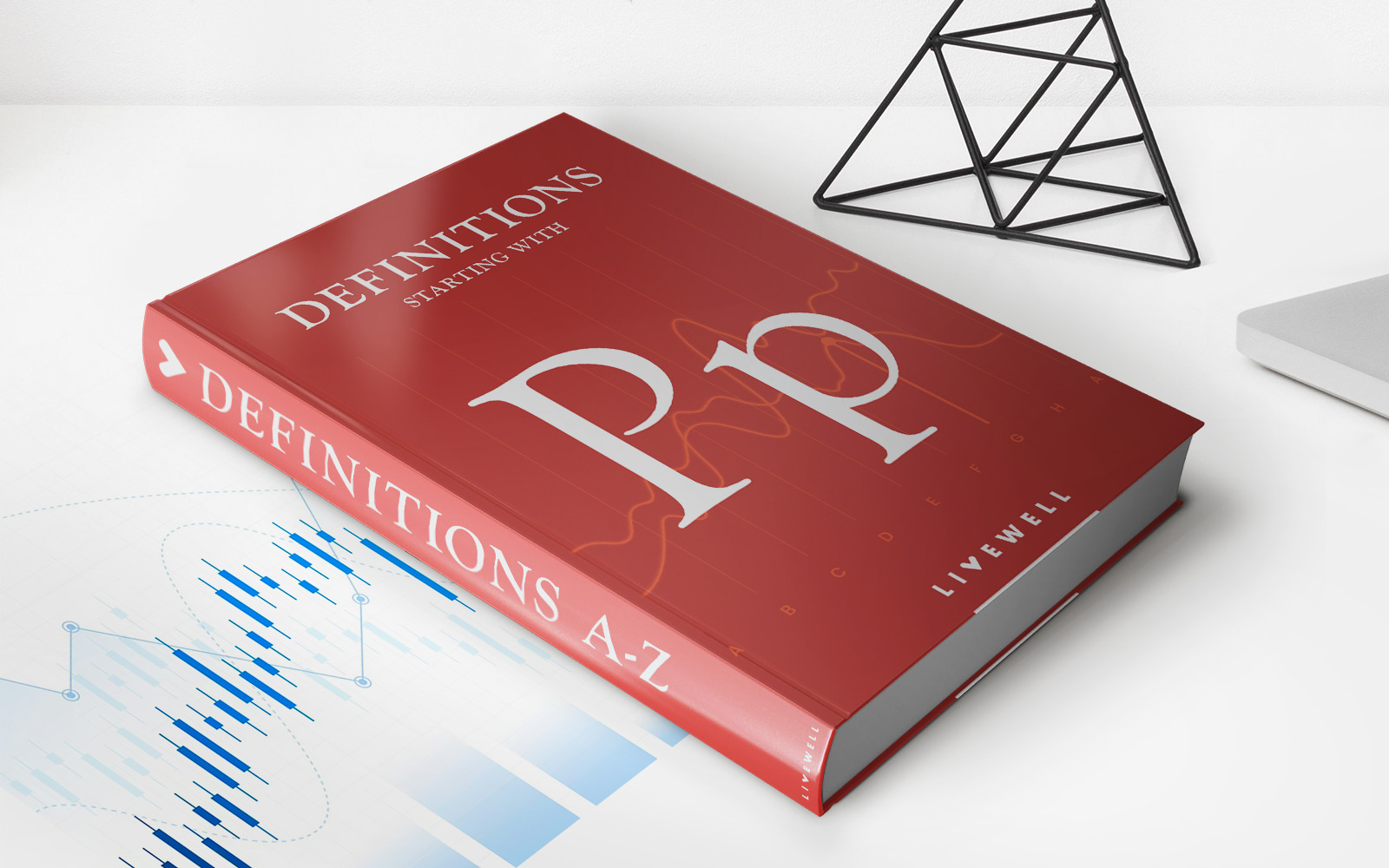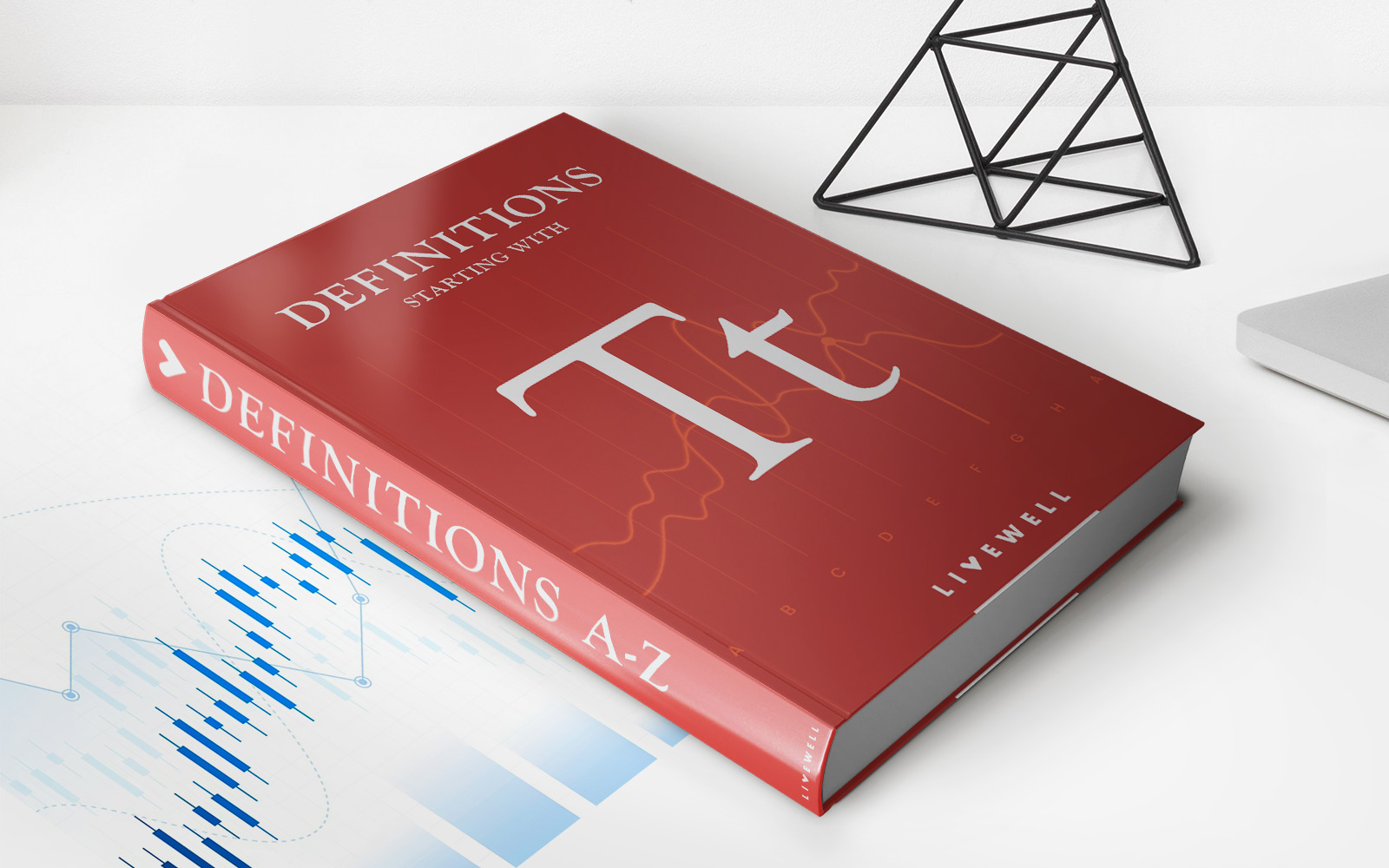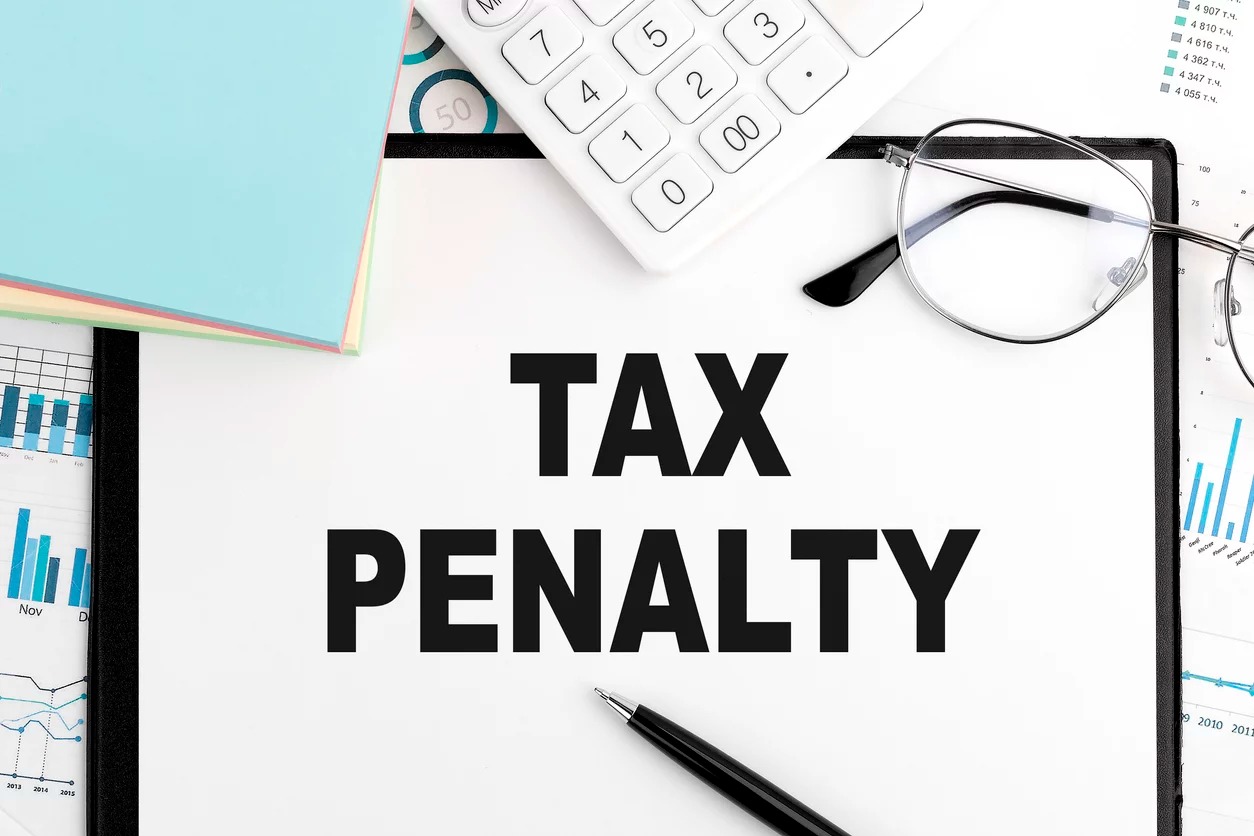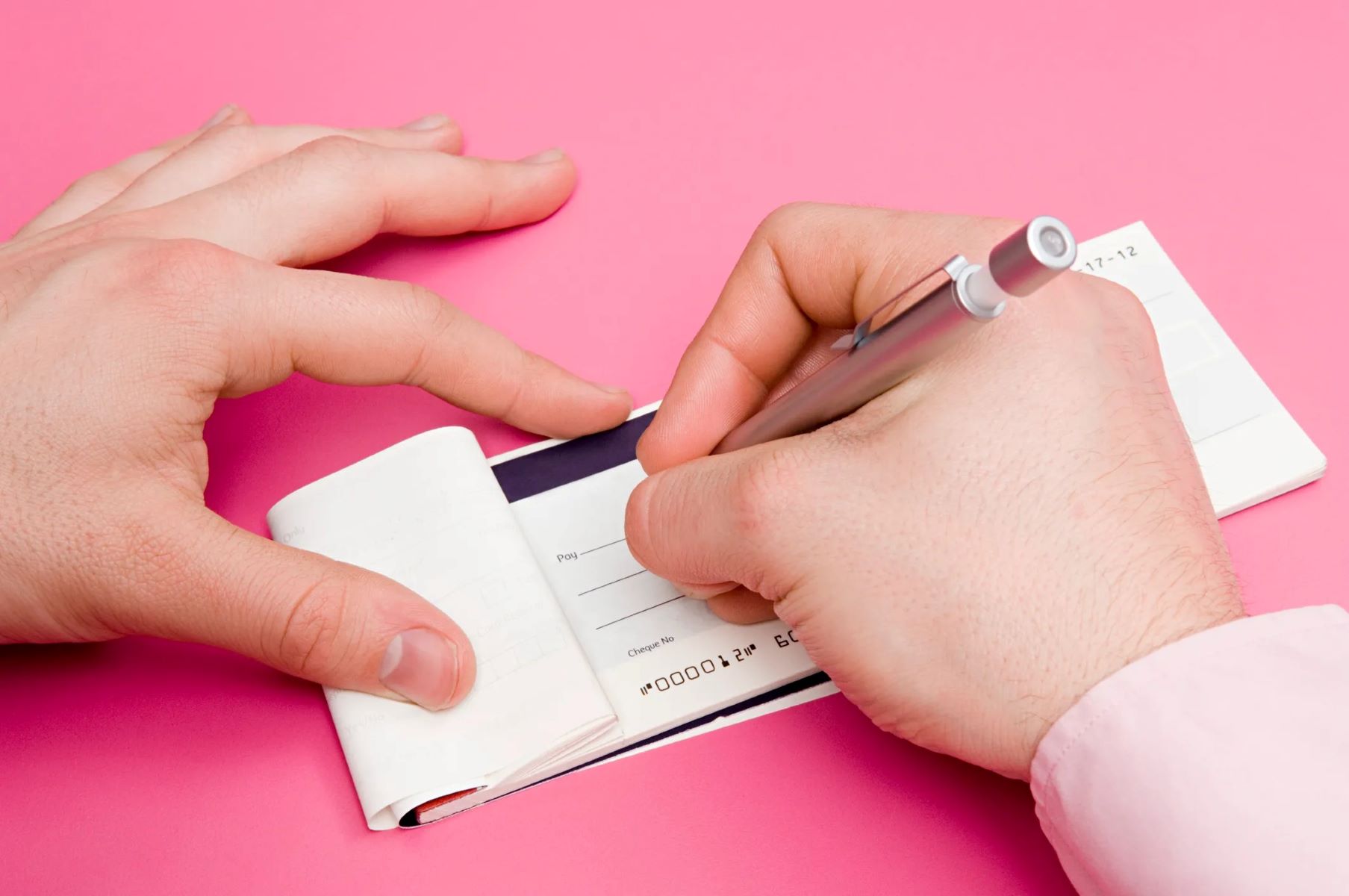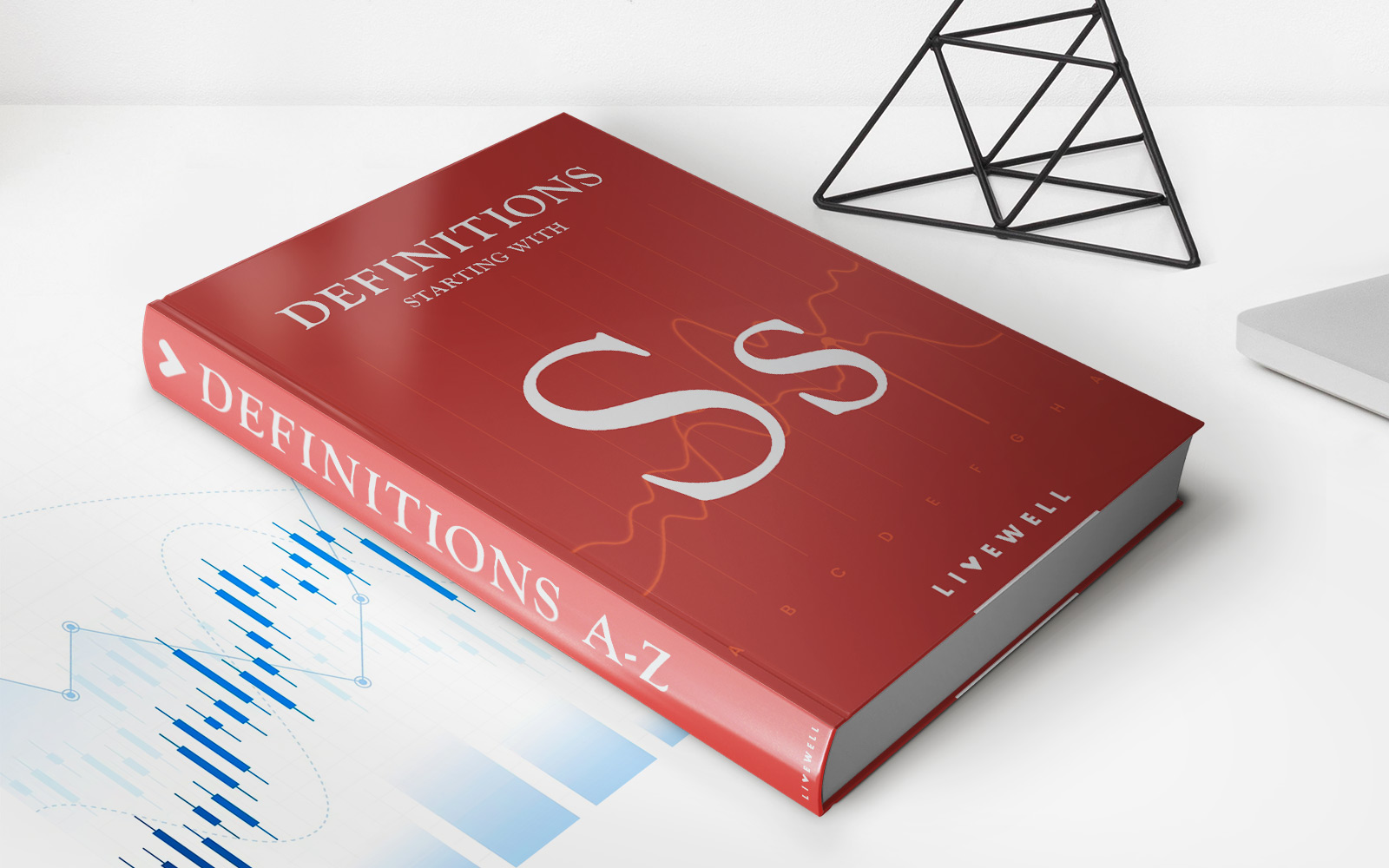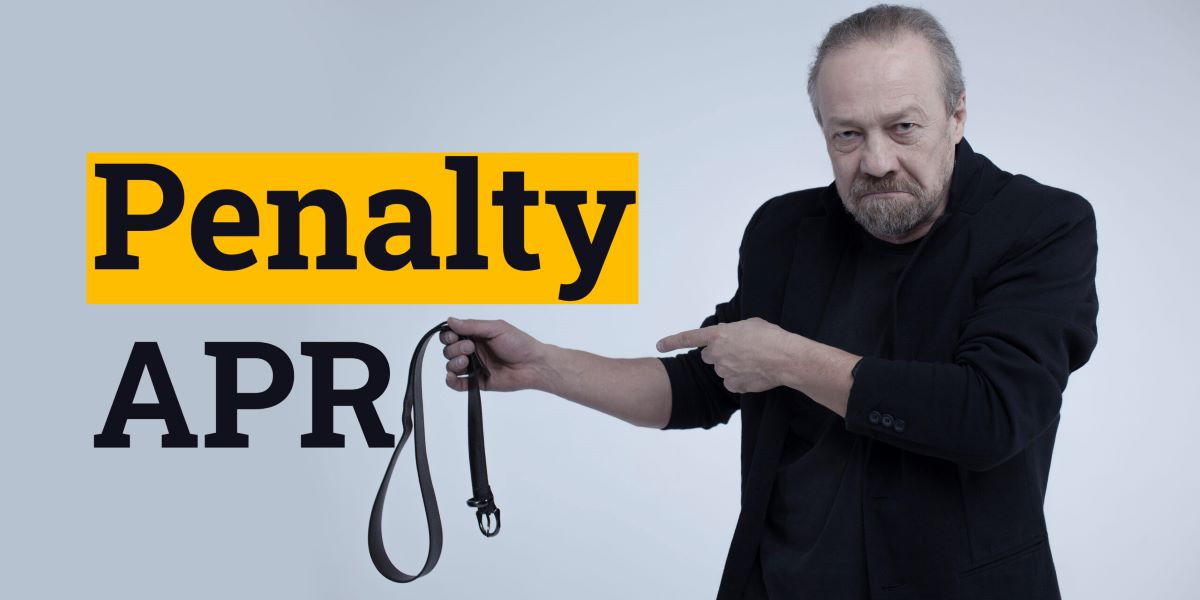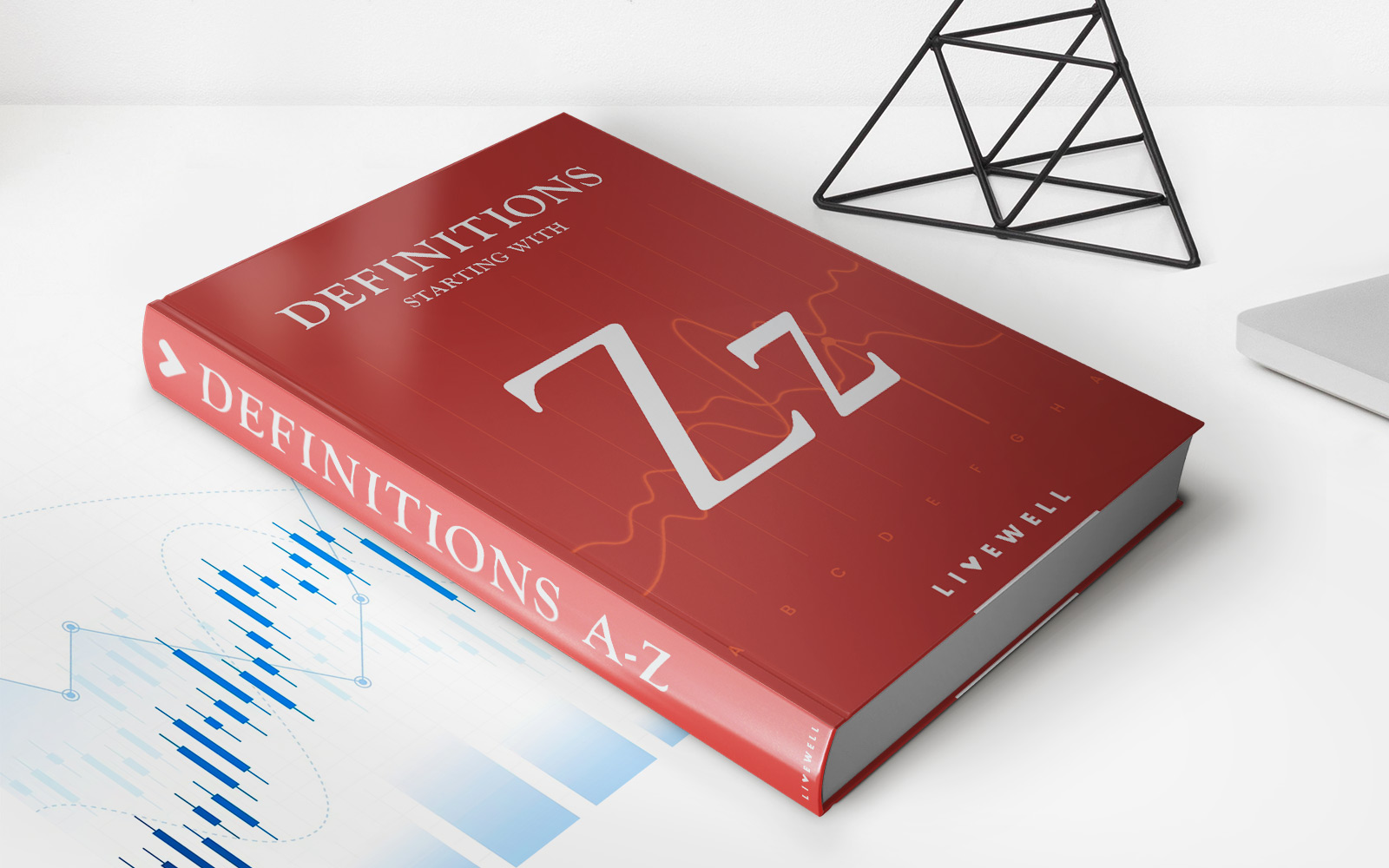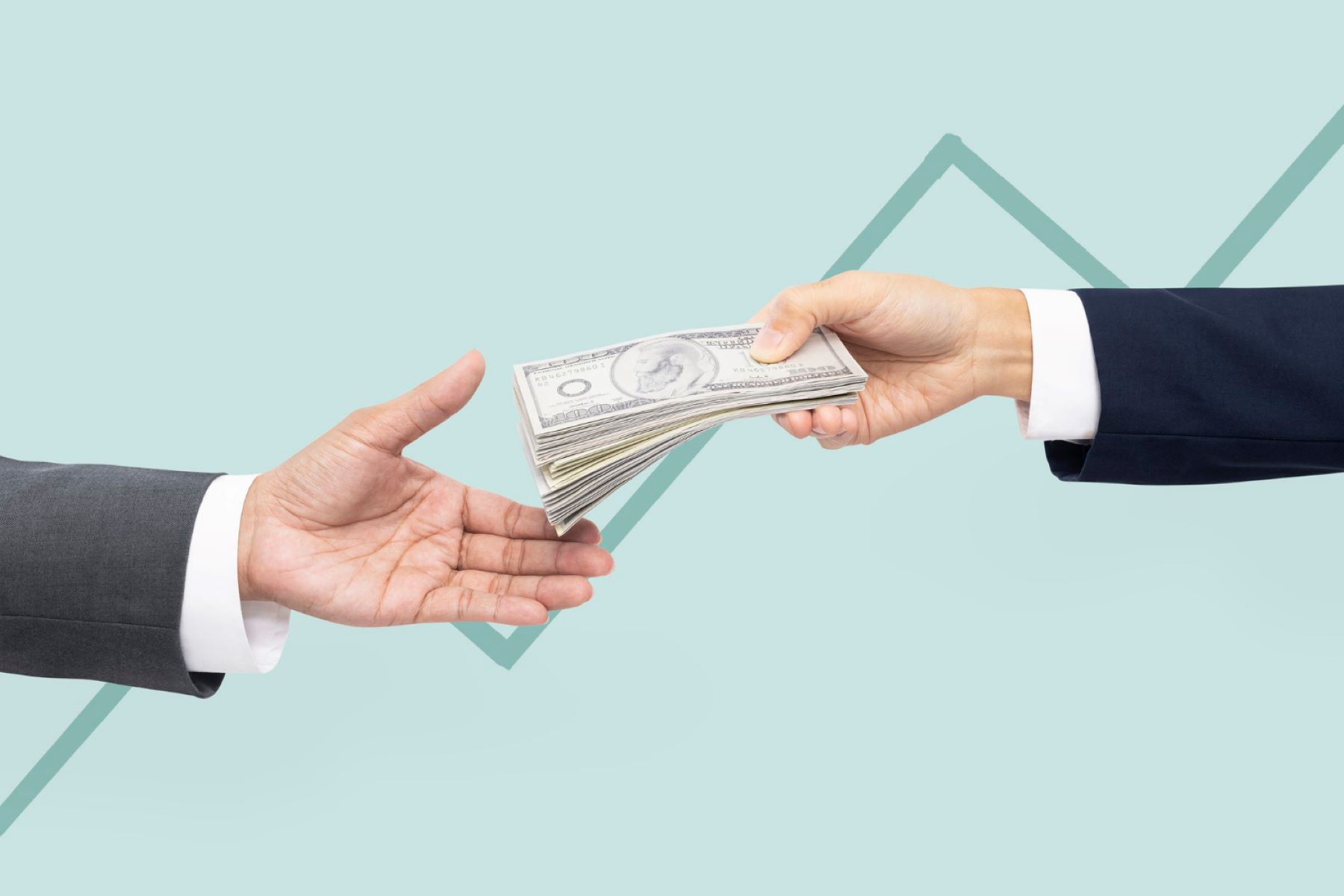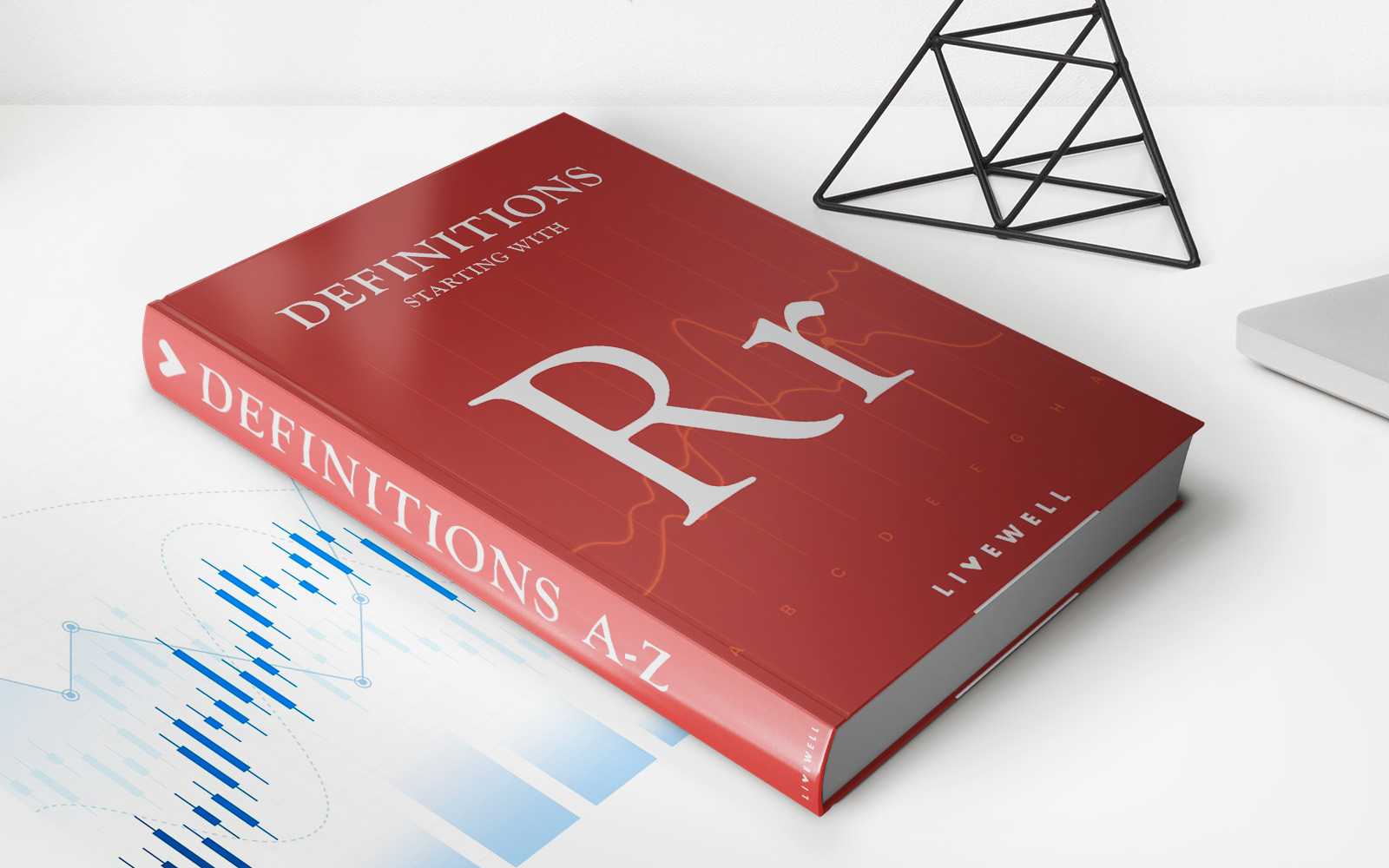Home>Finance>Bounced Check: Definition, What Happens Next, Fees & Penalties
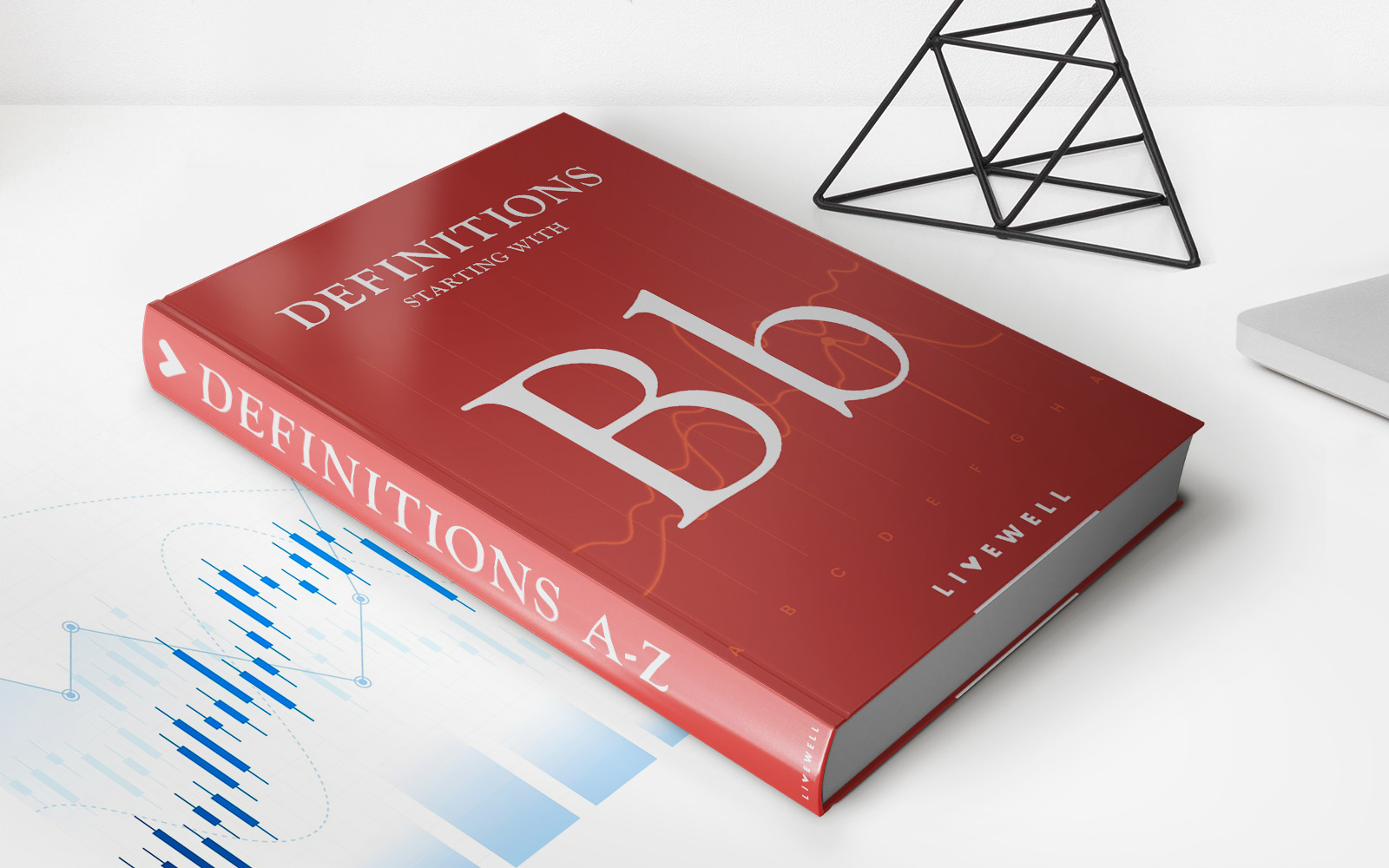

Finance
Bounced Check: Definition, What Happens Next, Fees & Penalties
Published: October 18, 2023
Get a clear understanding of bounced checks in finance, including the definition, consequences, and the fees and penalties associated with them. Take control of your finances today and avoid unnecessary setbacks.
(Many of the links in this article redirect to a specific reviewed product. Your purchase of these products through affiliate links helps to generate commission for LiveWell, at no extra cost. Learn more)
Bounced Check: Definition, What Happens Next, Fees & Penalties
Are you familiar with the concept of a bounced check? If not, don’t worry! In this article, we’ll provide you with all the information you need to know about bounced checks, including their definition, what happens next, and the fees and penalties involved. So, let’s dive right in and unravel the mysteries of bounced checks!
Key Takeaways:
- A bounced check occurs when there are insufficient funds in a person’s bank account to cover the amount that was written on the check.
- If a check bounces, the bank will return it to the person who wrote it, and the payee will not receive the funds they were expecting.
What is a Bounced Check?
A bounced check, also known as a rubber check or a returned check, is a check that cannot be processed by the bank due to insufficient funds in the account of the person who wrote the check. Essentially, it means that the person does not have enough money in their account to cover the amount written on the check.
When a check bounces, it is returned by the bank to the person who wrote it, commonly referred to as the drawer. This means that the payee, the person who was meant to receive the money, does not receive the funds they were expecting. Bounced checks can lead to a variety of consequences for both the drawer and the payee.
What Happens Next?
When a check bounces, several things can happen next:
- The Bank Notifies the Drawer: The bank will inform the person who wrote the check that it has bounced due to insufficient funds. The bank may charge a fee for this notification.
- The Payee Makes a Decision: The payee, upon receiving the bounced check, can choose to contact the drawer and request payment again. Alternatively, they may choose to take legal action to recover the funds.
- Penalties and Legal Consequences: Bounced checks can lead to various penalties and legal consequences, depending on the jurisdiction. This may include additional fees, the suspension of banking privileges, or even criminal charges in extreme cases.
Fees & Penalties
Bouncing a check can result in a range of fees and penalties, including:
- Returned Check Fee: Banks often charge a fee when a check is returned due to insufficient funds. This fee can vary depending on the bank and the account type.
- Overdraft Fee: If a check bounces and causes the account to become overdrawn, the bank may charge an additional overdraft fee.
- Merchant Fees: Merchants who receive bounced checks may charge their own fees to the payee to cover the costs and inconvenience caused.
- Legal Consequences: Depending on the severity and intent behind the bounced check, legal consequences may ensue, including fines, suspension of banking privileges, or even criminal charges.
It’s important to note that the exact fees and penalties associated with bounced checks can vary depending on factors such as the bank, the individual’s banking history, and local laws and regulations.
In conclusion, a bounced check happens when there are insufficient funds in a person’s bank account to cover the amount written on the check. This can have various consequences, including fees, penalties, and potential legal action. It’s important to manage your finances responsibly and ensure you have sufficient funds before writing a check to avoid any unpleasant surprises.
